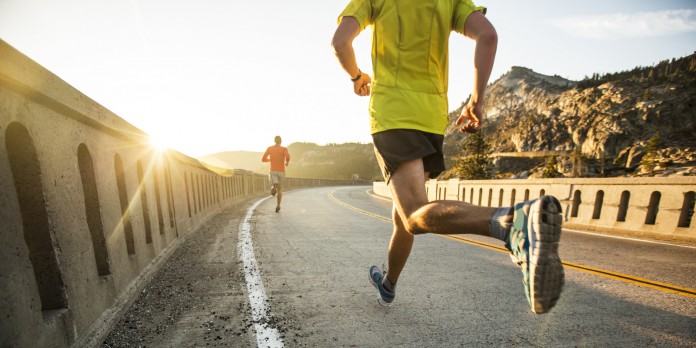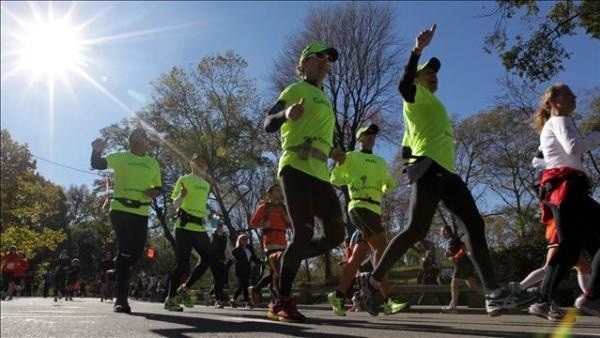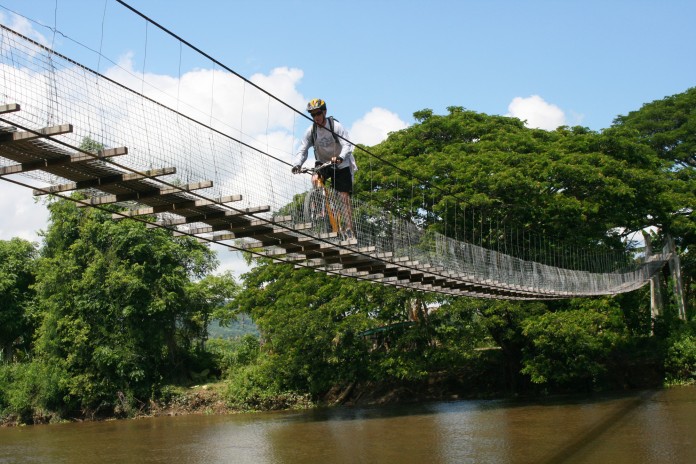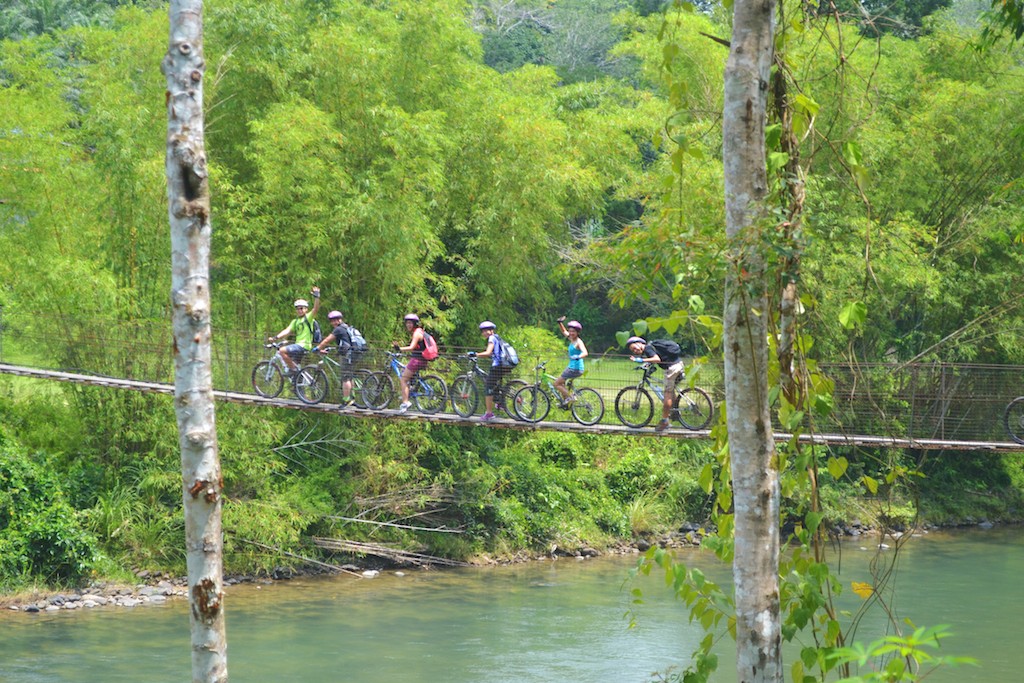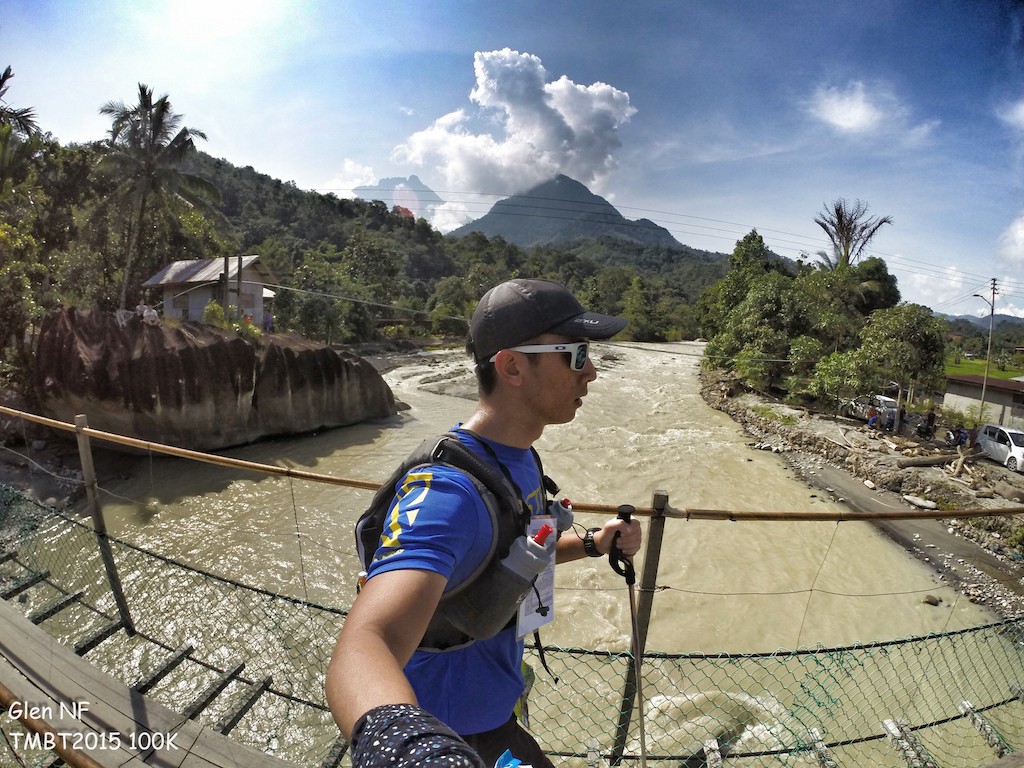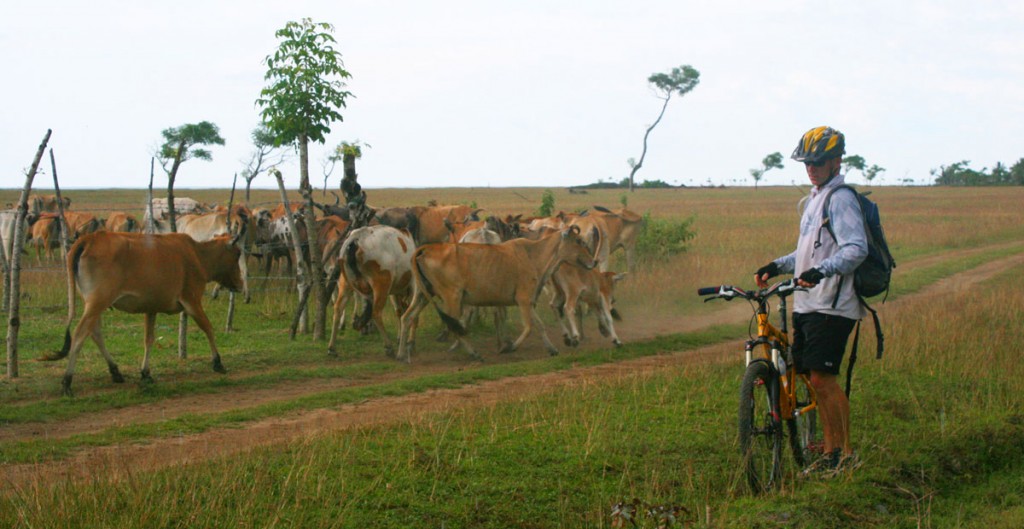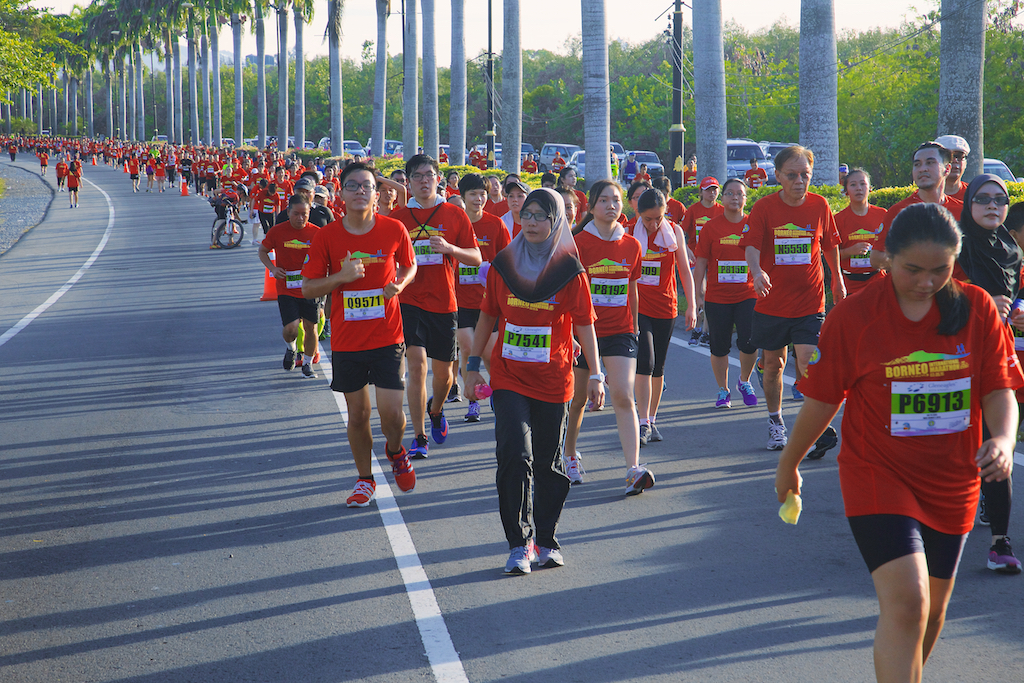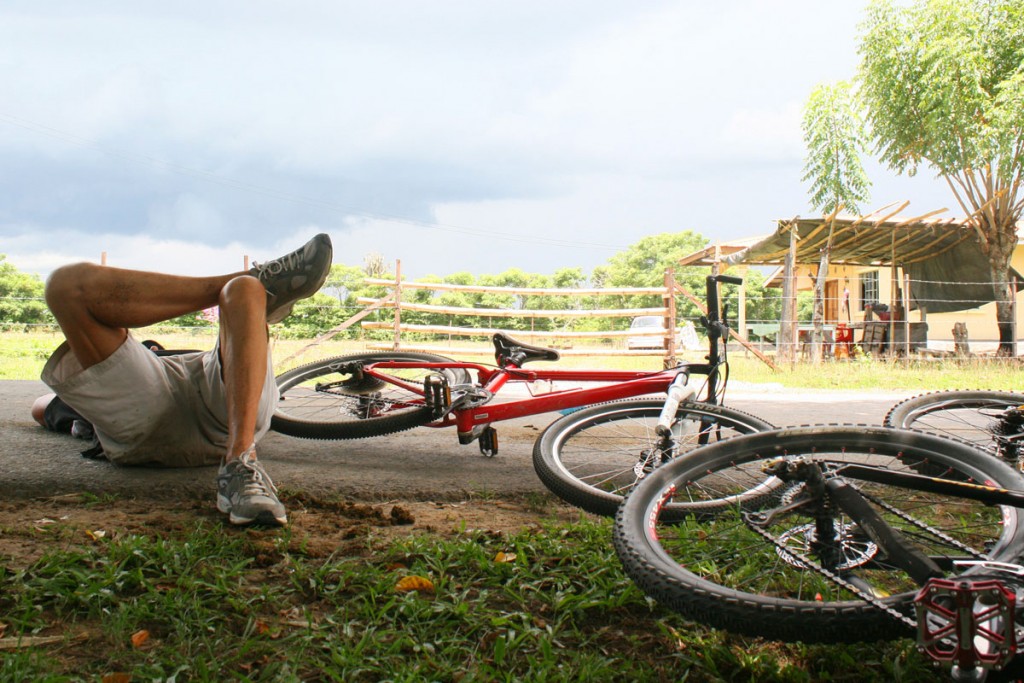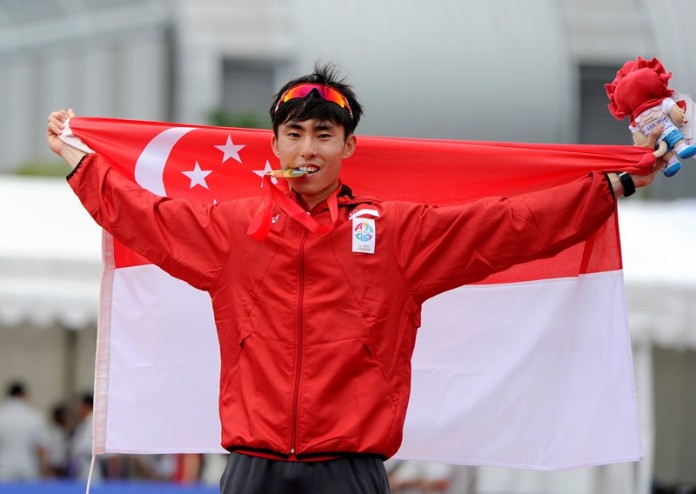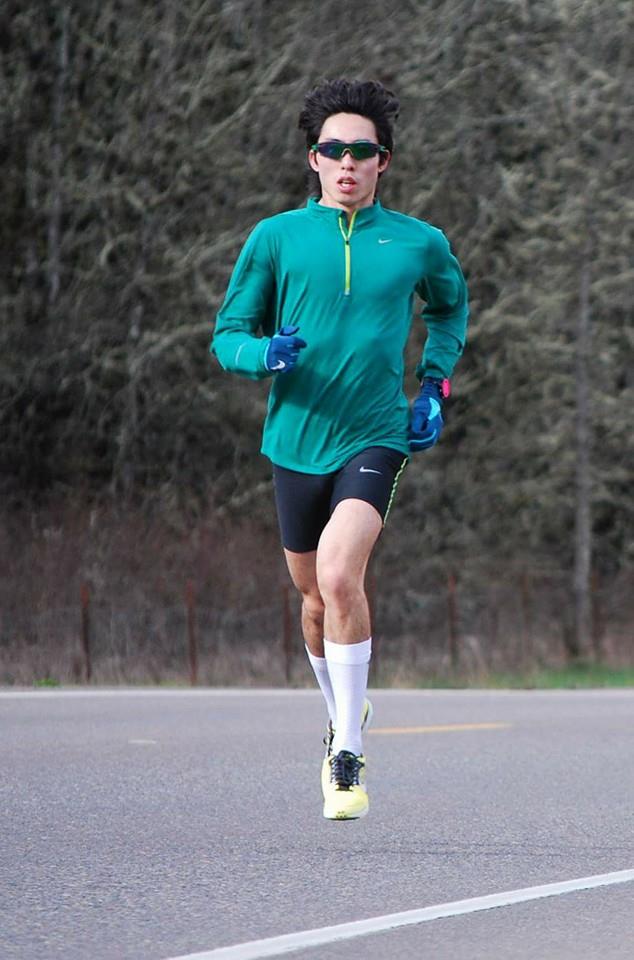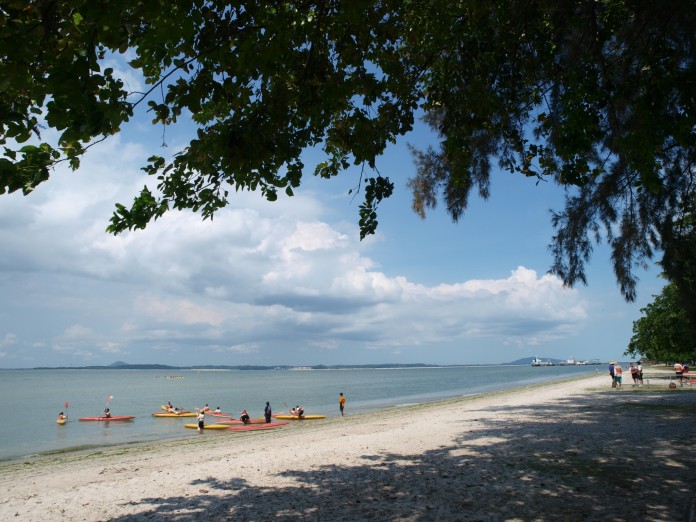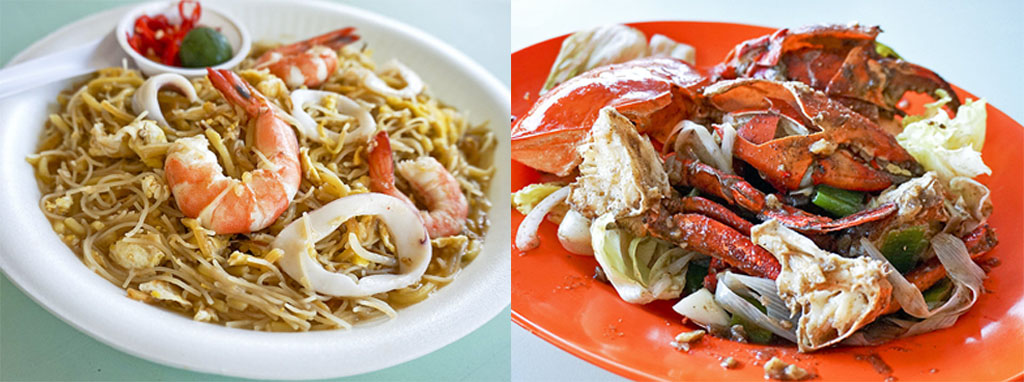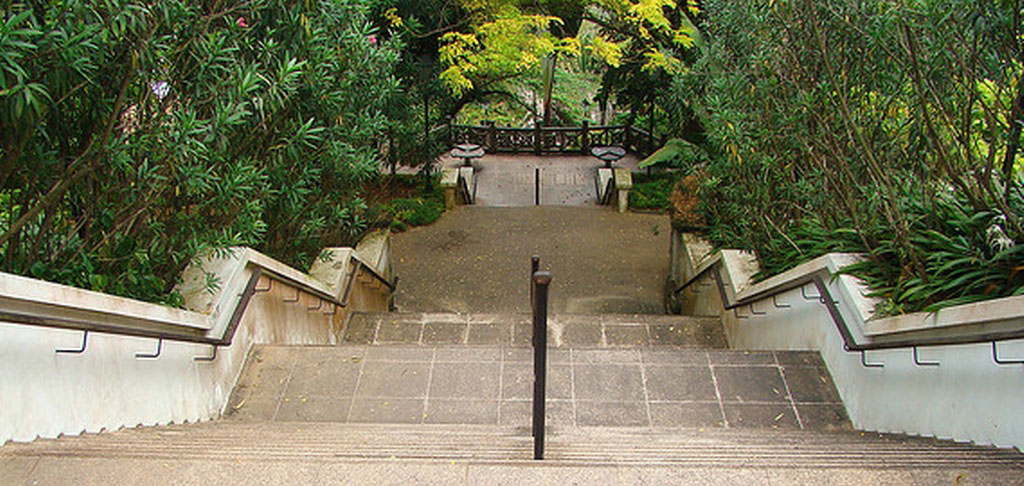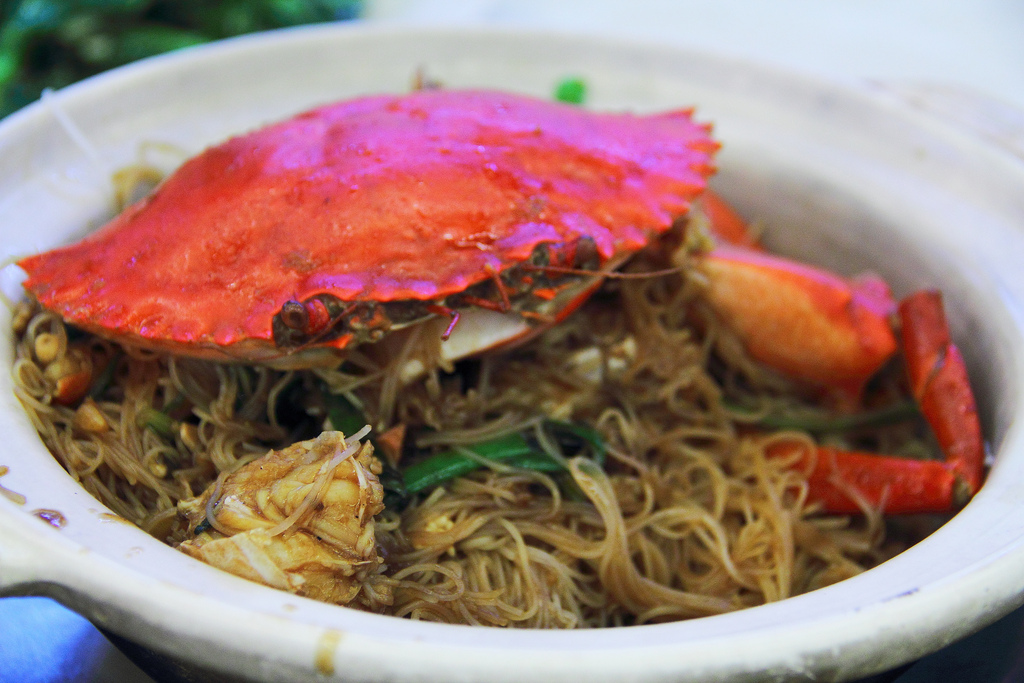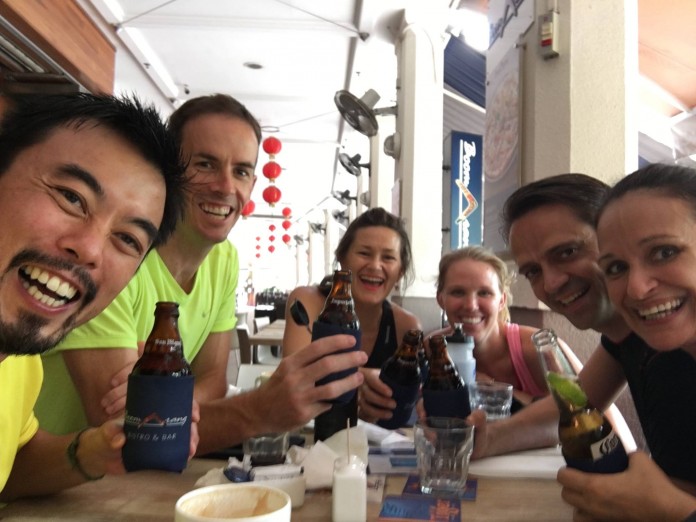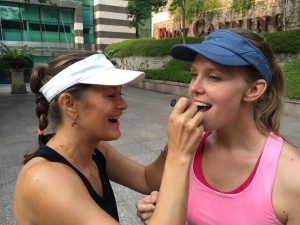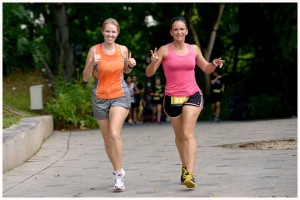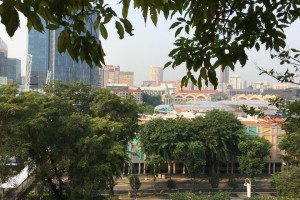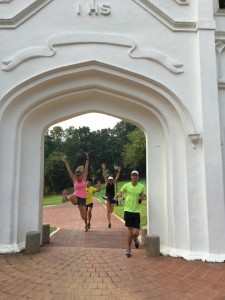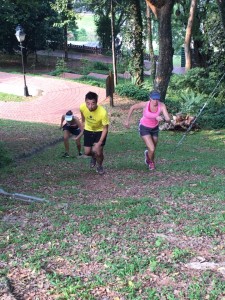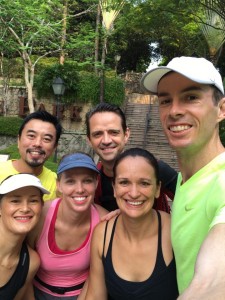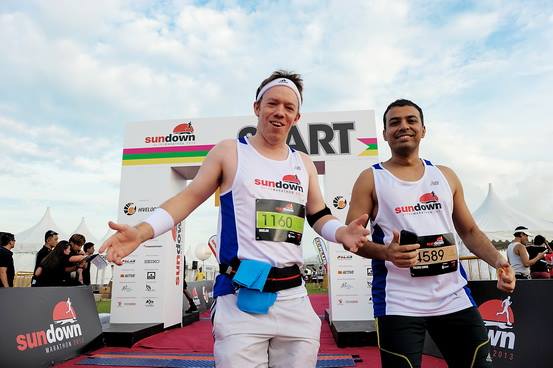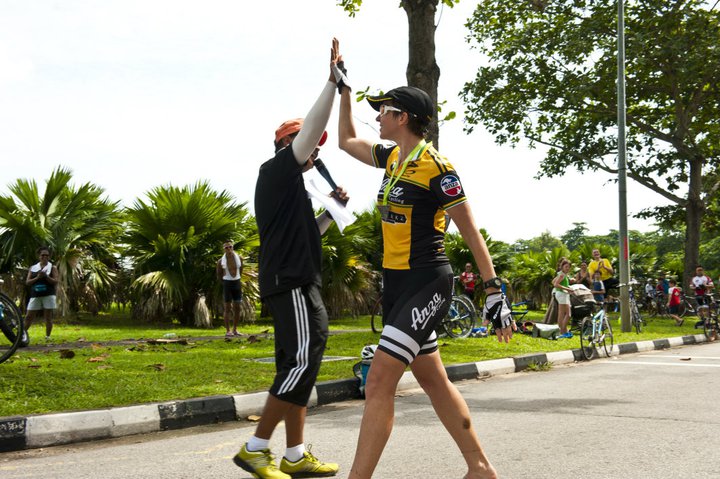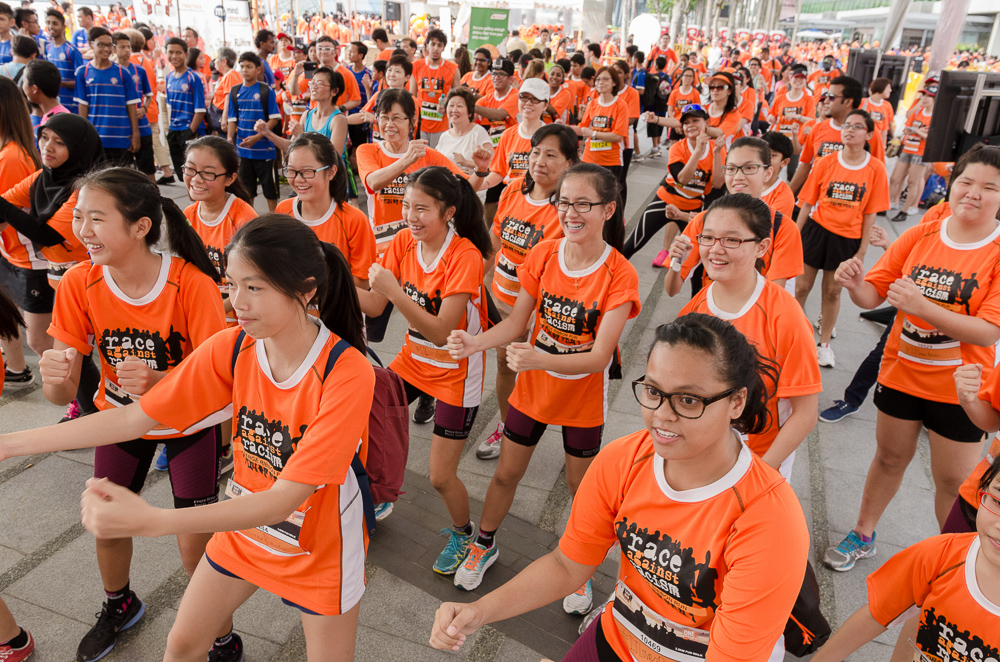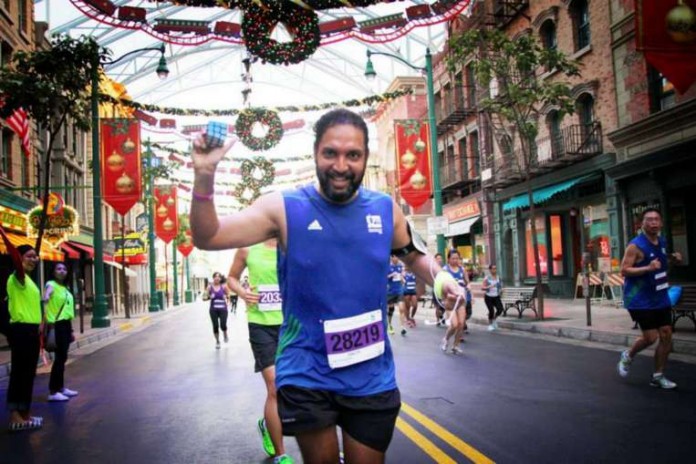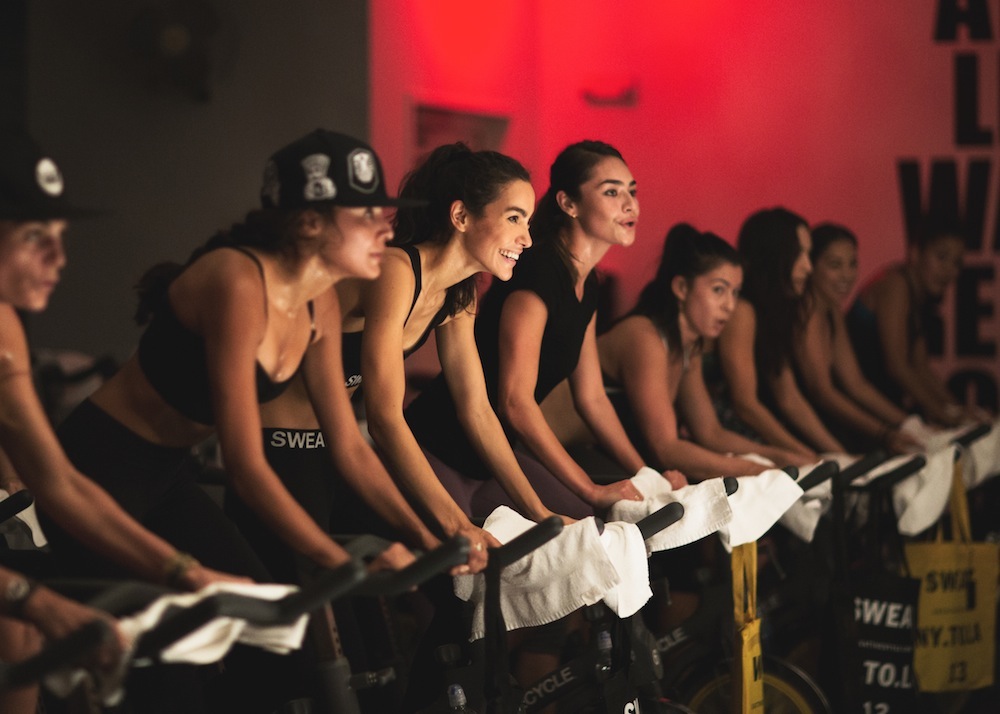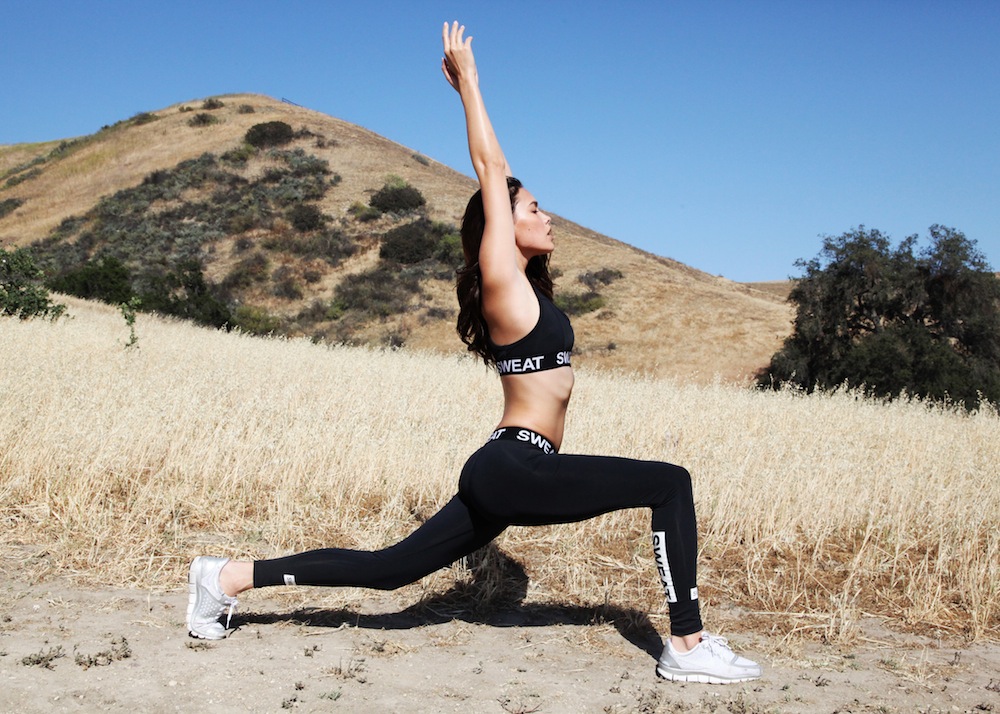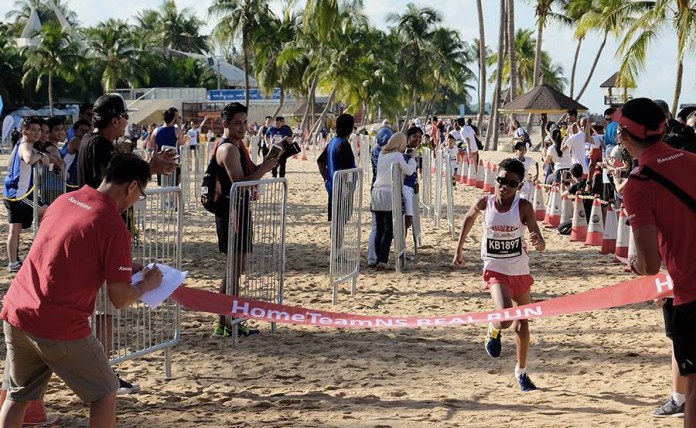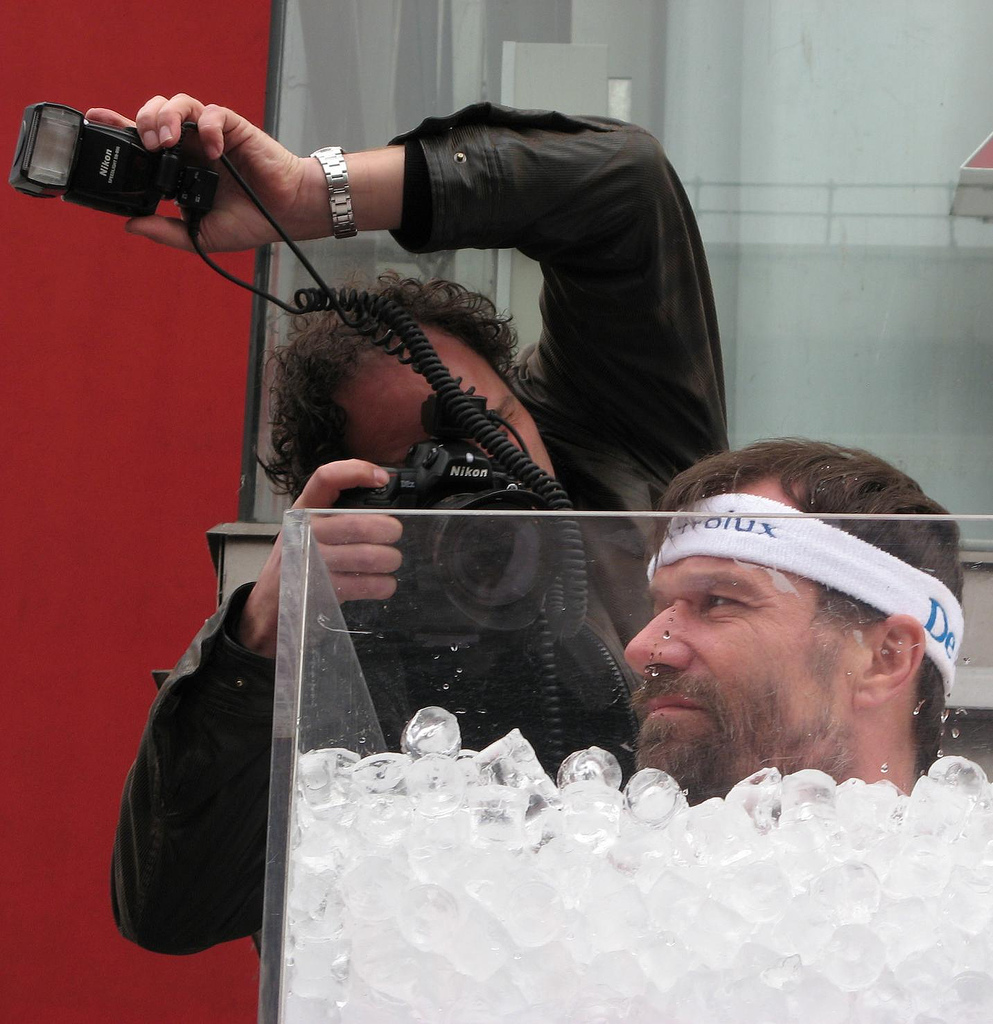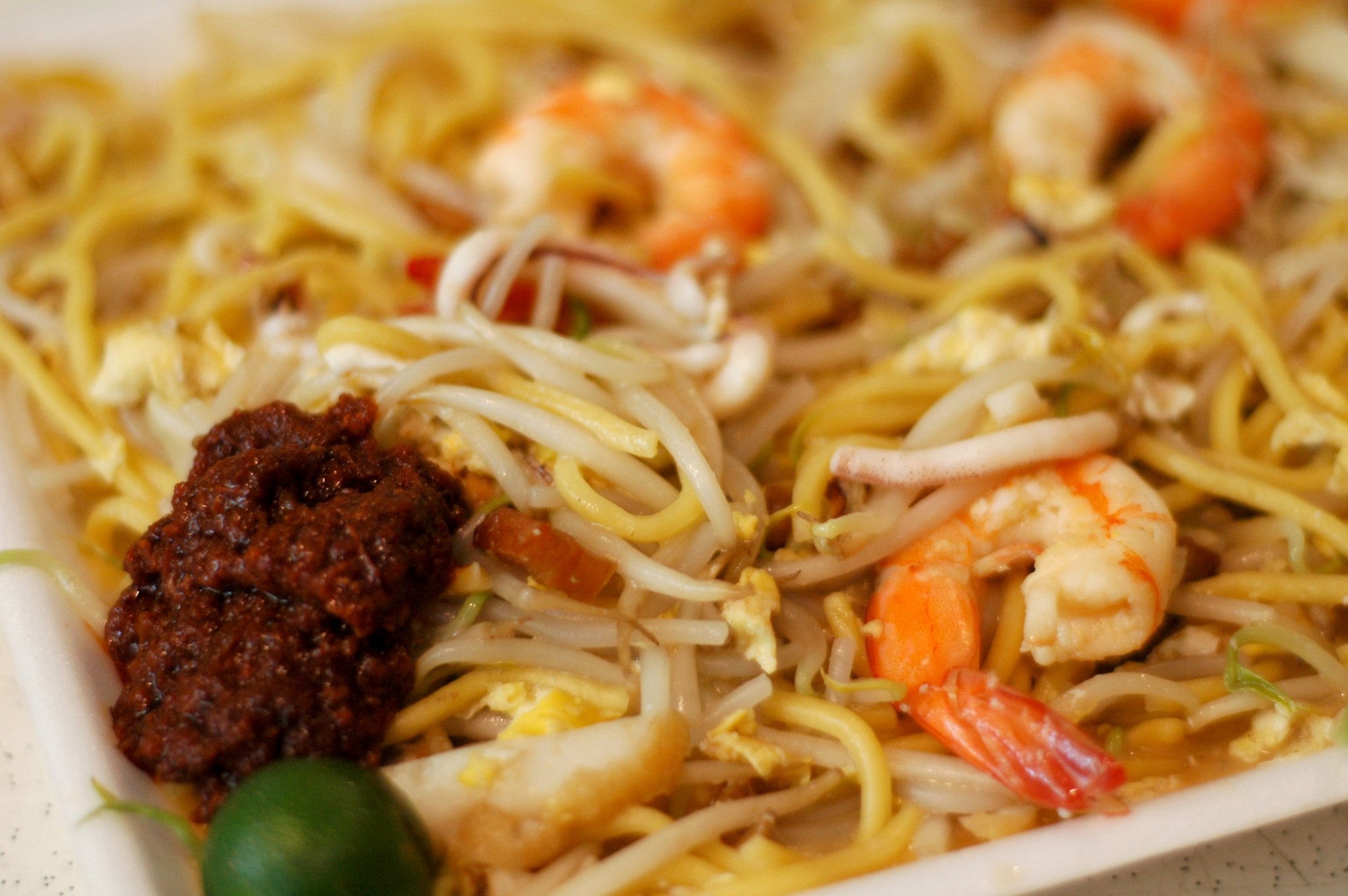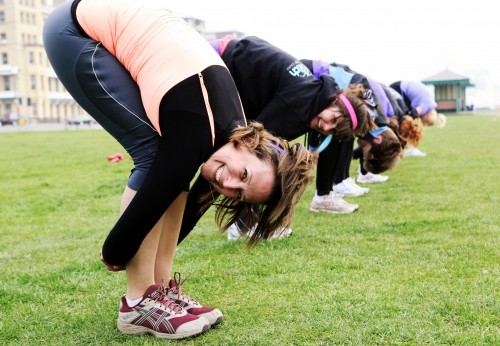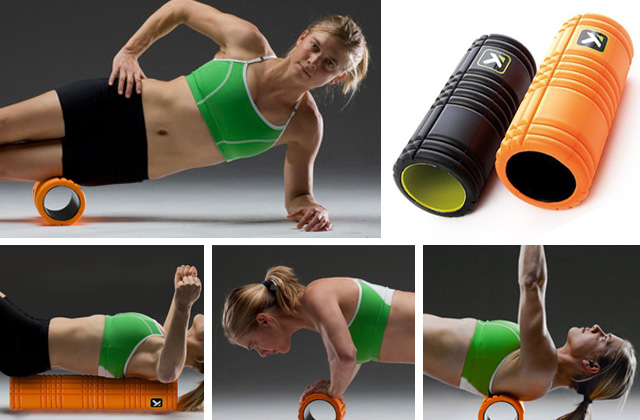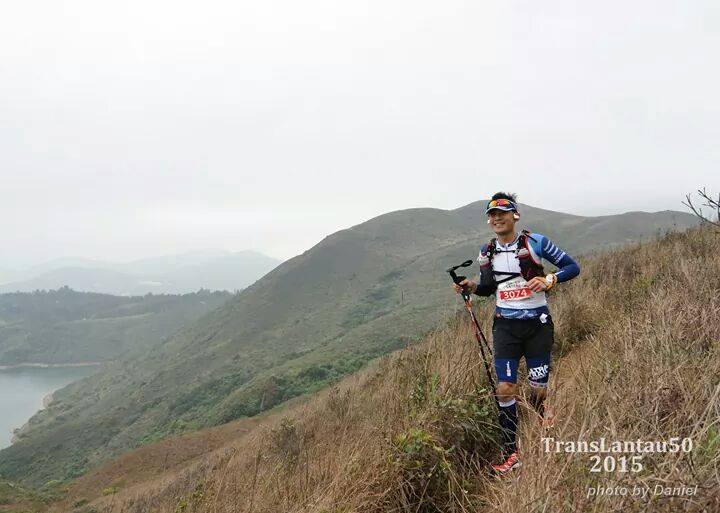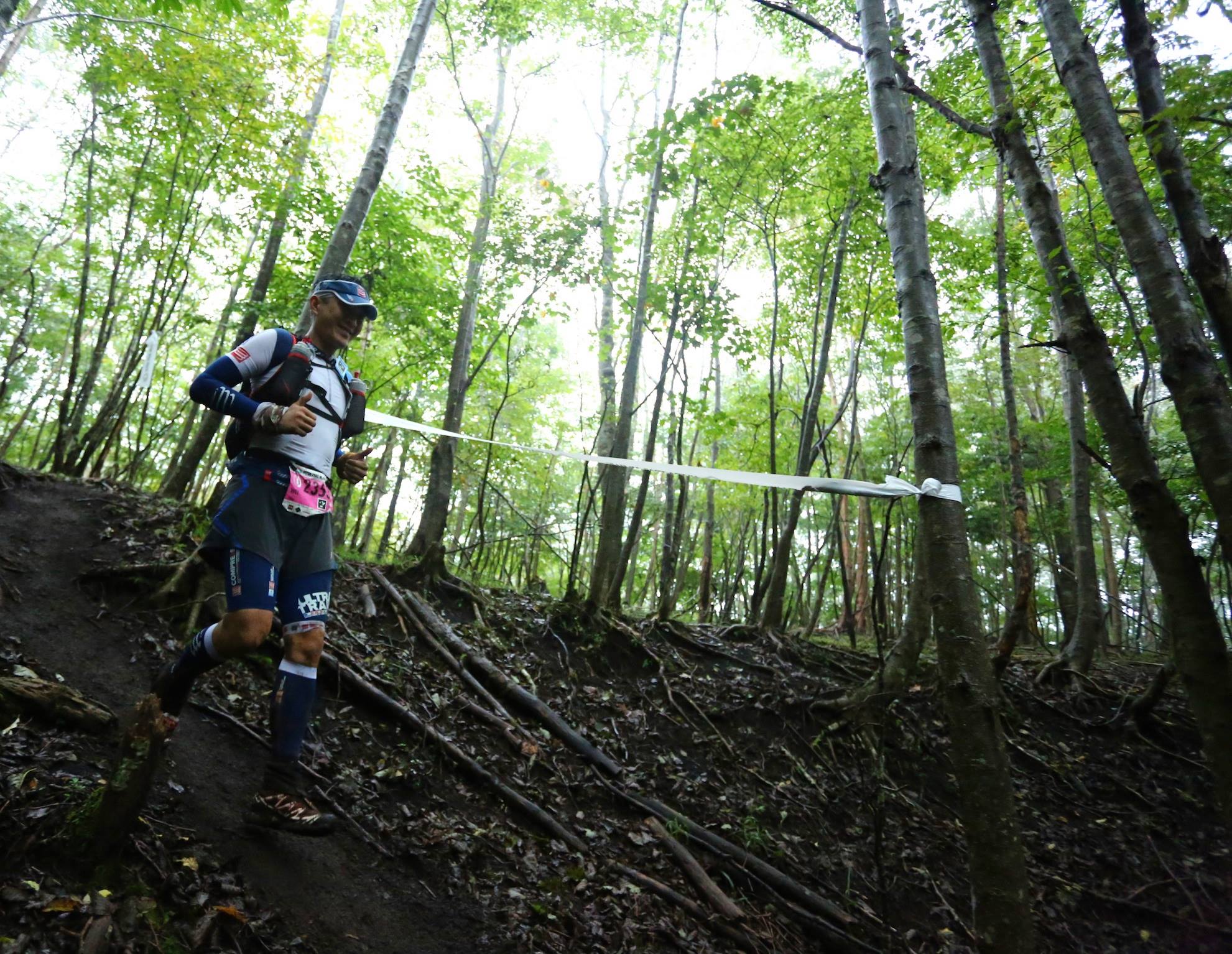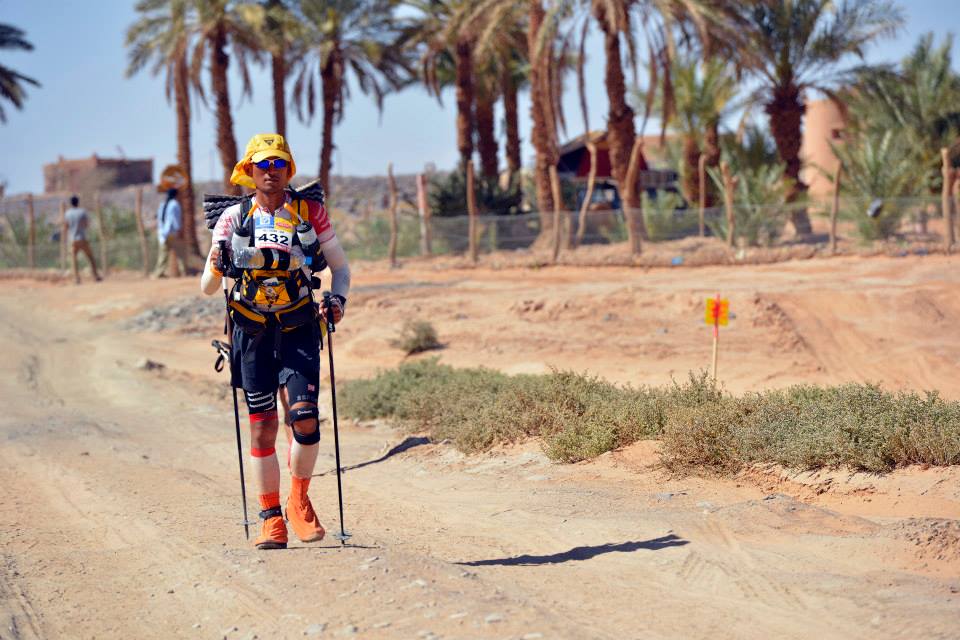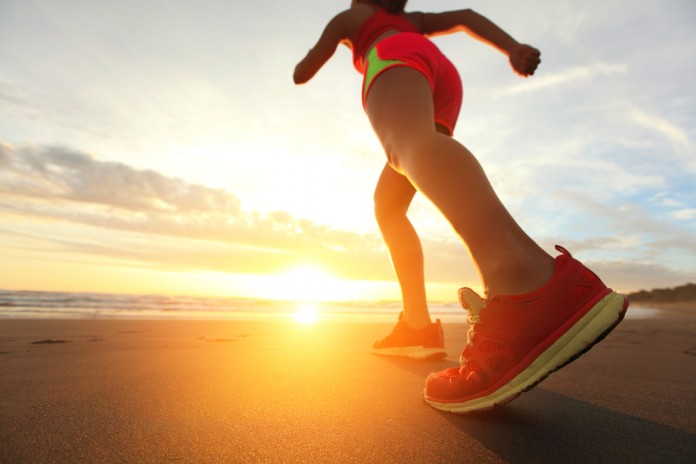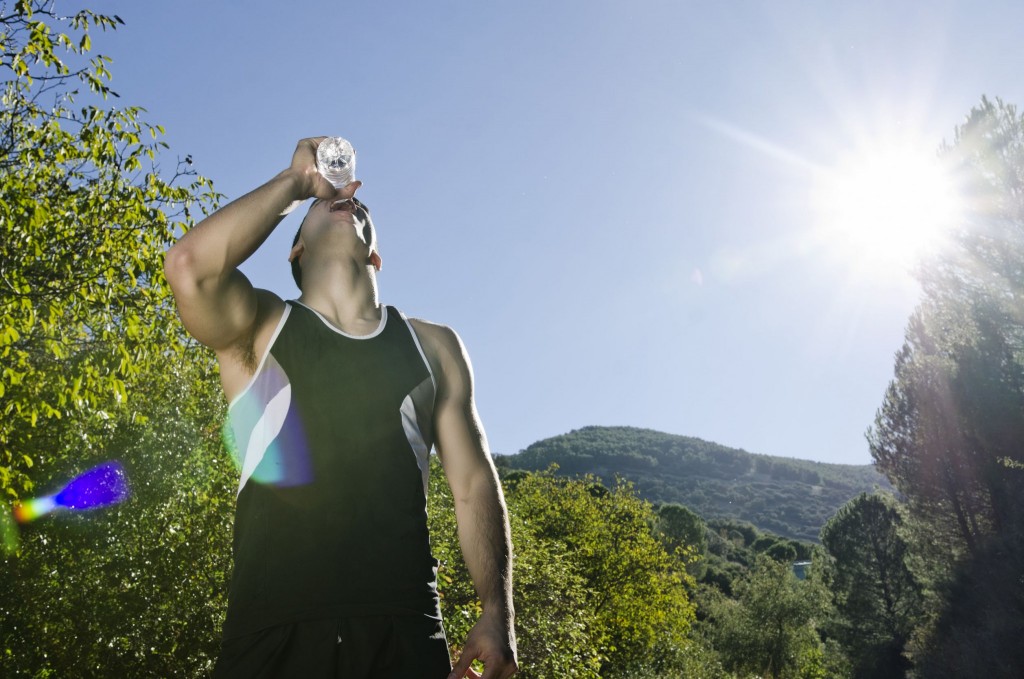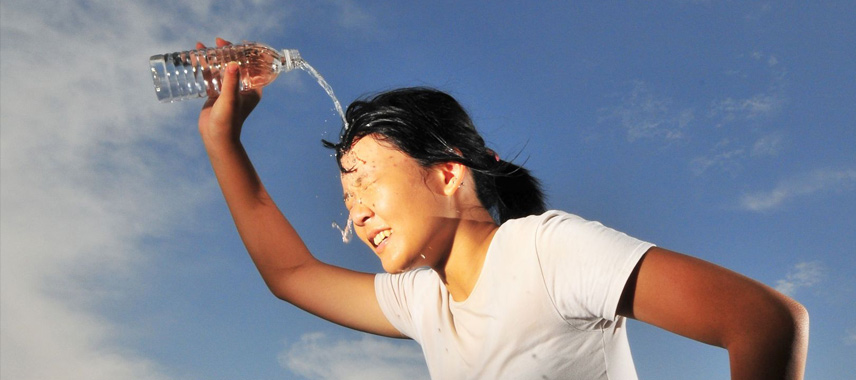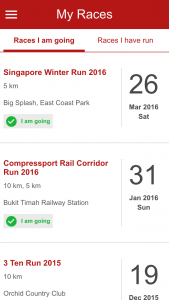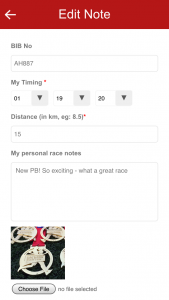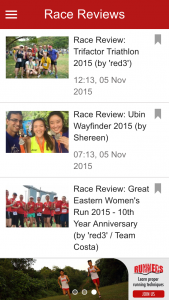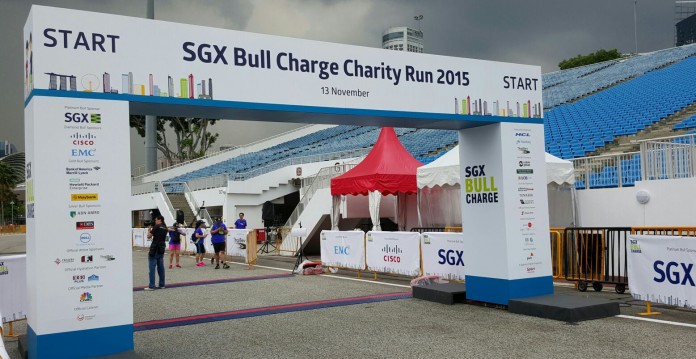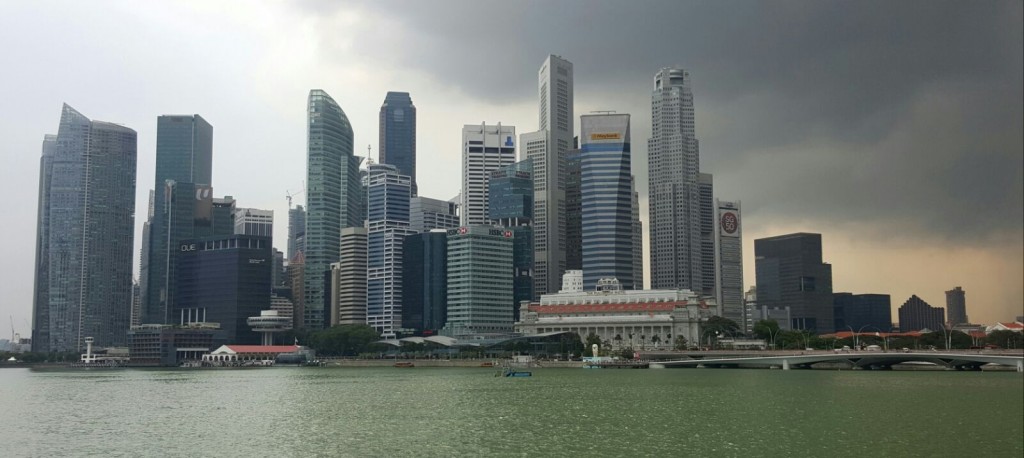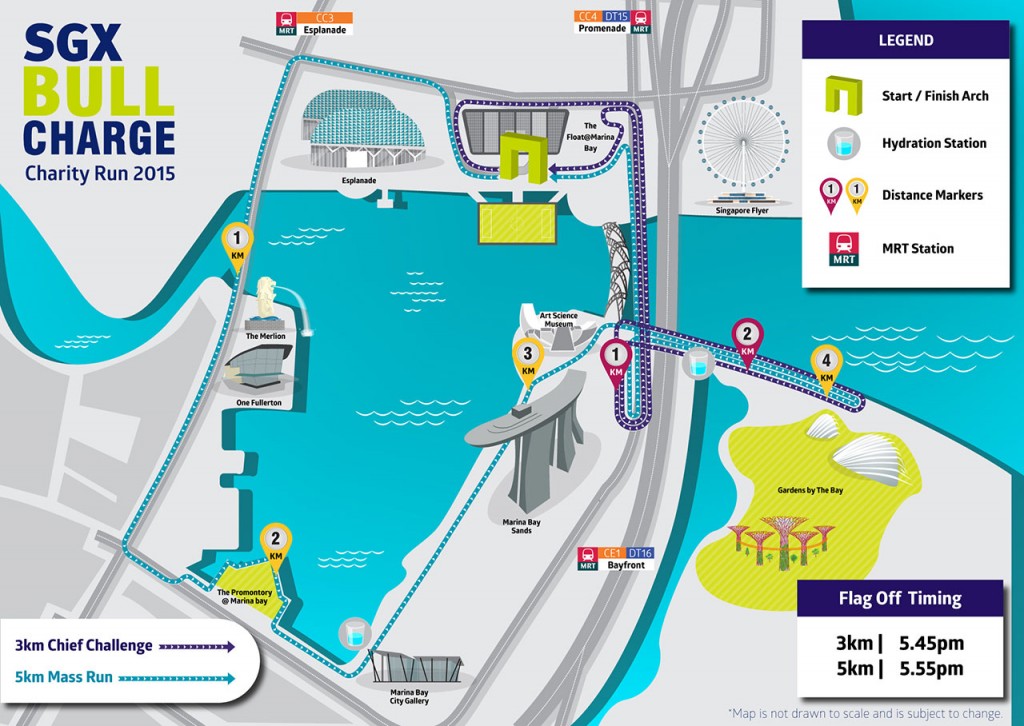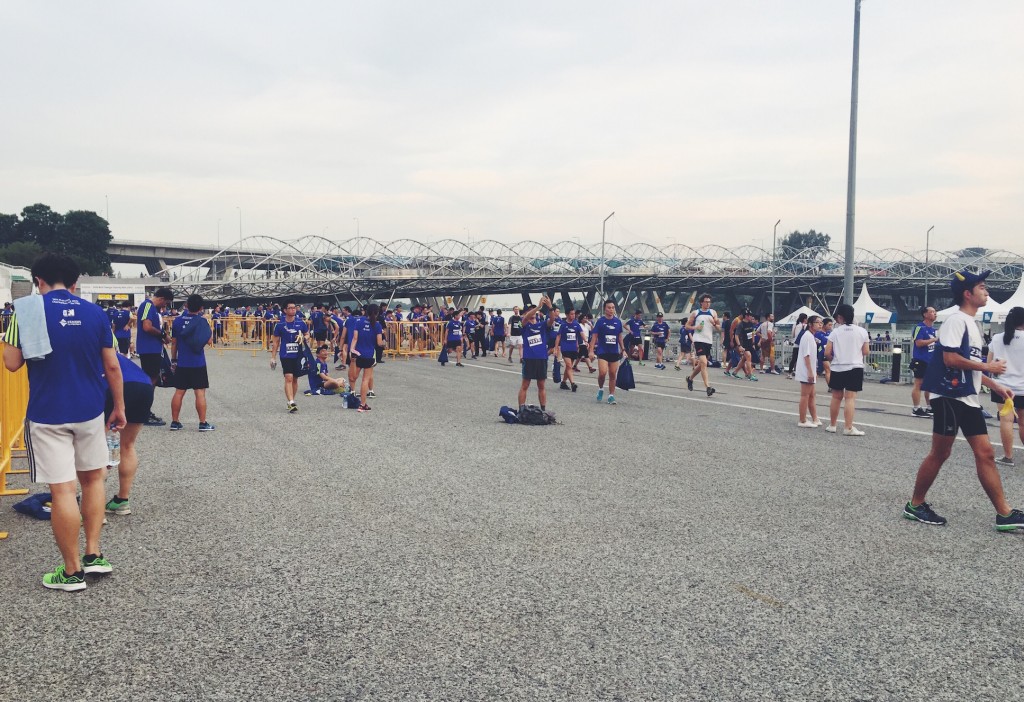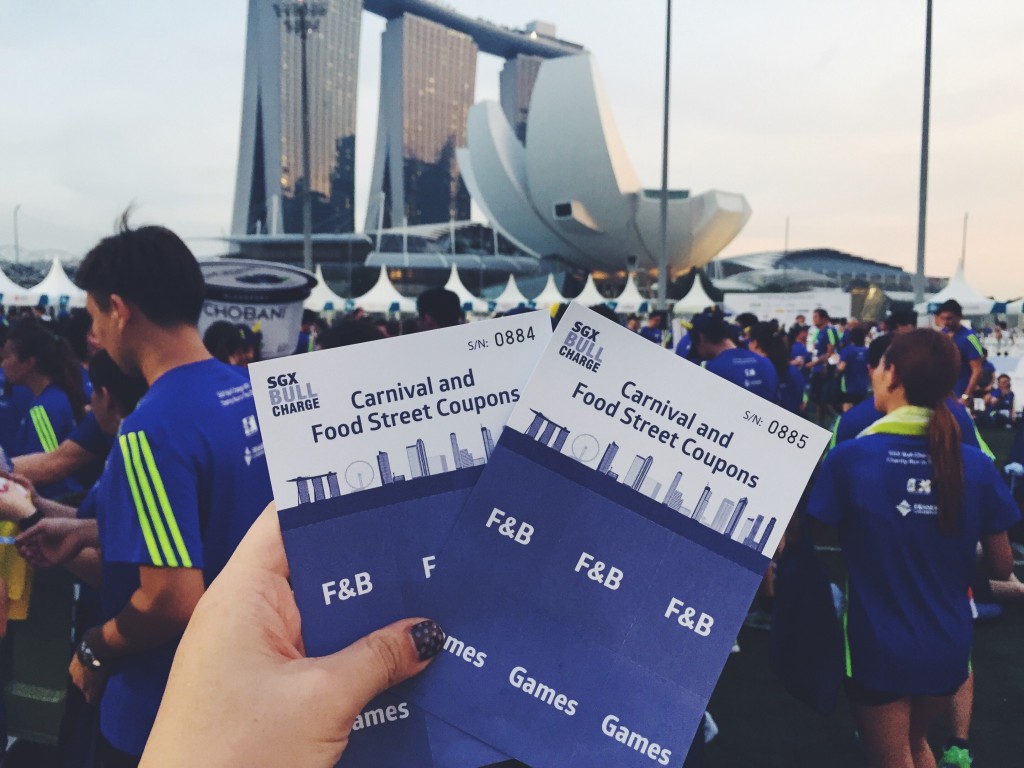Now that you’ve decided to try, here are a few starting points for you.
What to wear for runs: Shoes are clearly going to be the most important and there are tons of options out there for you. Imagining the shoe construction – think about the amount of support you want (cushioned or minimal cushioning), the sole flexibility and its overall fit. One easily neglected part of the shoe is the shoe width, or the ‘toe box’ area. Giving your toes enough flexibility would help with a lowering the impact from a forefoot to midfoot strike (which is also a better form). This protects your joints and tissues when engaging in high impact sports such as running. For starters, pick up your regular pair of running/multi-purpose sports shoes. Do a few kilometers in them in a comfortable pace. This is to give you a feel of how your feet rolls off the ground and how your body maintains its form. As you gain more experience, you can then consider investing in a more elaborate pair of running shoes. It would then be good for you to make a trip down to the specialty store yourself. No amount of reading is going to make up for the understanding you get by trying those shoes on.
When to run: The best time to run is in the morning, and the second best time is whenever you’ve time. There’s really no ‘rule’ but running in the morning does have its benefits. It kickstarts your metabolism and leaves you more refreshed. You are also more likely to get your training runs in, instead of hiding behind excuses that have piled up throughout the day. If you’re not a morning person and waking up to run feels like you’re mistreating yourself, do some simple warm ups to get yourself in the mood.
How to start your run: Shawn M. Arent, an Associate Professor at Rutgers University, has been appearing in a trending video on Facebook this couple of weeks. He tells us that we shouldn’t stretch before a workout. It’s ironic but holding a stretch for 30s is ineffective for two reasons: 1) it doesn’t warm up our muscles or get up our heart rate to prepare us for the run; 2) it forcefully pulls at our short muscles, which might have been under-active from hours of sitting. Pulling at it is going to be like tugging at a stretched-out rubber band; it’s going to snap. Instead, do 2-3 sets of 10 lunges, squats and push ups.
Again, there are lots of resources out there for you and within Just Run Lah! website itself. If you can’t find them, just shoot us a comment!


